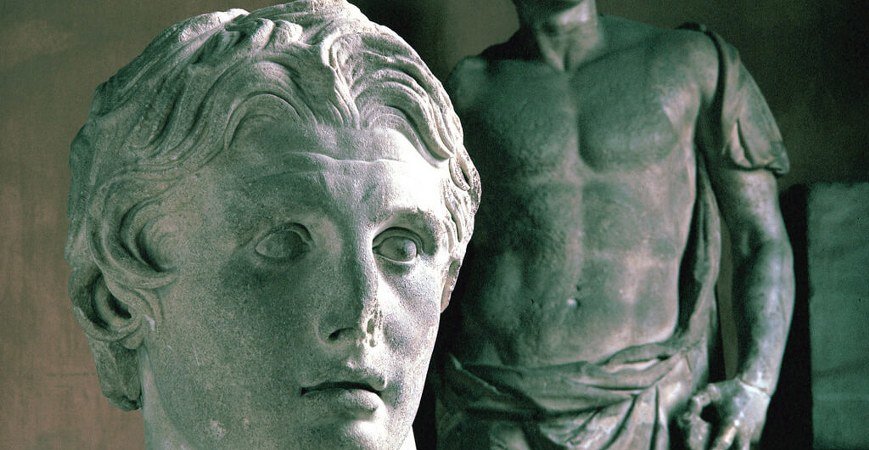
Head Of Alexander in Istanbul Archaeological Museum – Chapter 2
Head Of Alexander in Istanbul Archaeological Museum – Chapter 2,
From Ephesus, he went to Miletus and from there to Bodrum. In seven months he had the shores of the Aegean under his control. He went on to Antalya and took the cities of Perge and Side. From here he turned north to Burdur and Afyon and on a spring day arrived at King Midas’ capital of Gordion near Polatli. In the temple was a knot around the yoke of an ox cart. According to legend, whoever could undo this knot would become ruler of Asia. Alexander looked at the knot, realized that it could not be undone, pulled out his sword and cut through it. From Gordion he marched to Ankara and from there to the Taurus Mountains. He was in search of the Persian King Darius. He eventually found him near Toprakkale in the autumn of 333 iBC. It was the first time that there two armies had met and they fought desperately. Alexander immediately attacked Darius, but the darkness saved Darius from being captured. Abandoning his treasure in his tent he escaped, and Alexander ate his dinner in Darius’s tent. He distributed the treasure to his army, keeping a small gold box for himself in which he put the copy of the Iliad which he had hung round his neck. The road to Asia had opened for Alexander at last, and his legendary journey across Asia began. He decided to go to India after Darius. He went and conquered the enemy but while still young, at the age of 33, he was to die in Babylon. Now to return to the masterpieces that I mentioned. Alexander had sculptors such as Lizipos and Pirgoteles who carved his bust and statue while he was still alive. Unfortunately, these works have not survived to the present day. Only copies of them done at the time and later have survived. The Head of Alexander in Istanbul is the oldest of these copies. It was found in excavations at Bergamo and is 42 cm. high. According to ex-perts, it was made in the third century BC and most closely resembles the style of Lizipos and descriptions of Alexander. His eyes have a misty appearance and it is as if he is staring into the distance. His hair is like a lion’s mane, his mouth is slightly open and his head bent slightly to the left. It is truly a work of art. Some say that it is more interesting than the portrait of Alexander in the Louvre. The Head of Alexander was exhibited at the exhibition of Turkish Art Treasures which was held in America between 1966 and 1967.